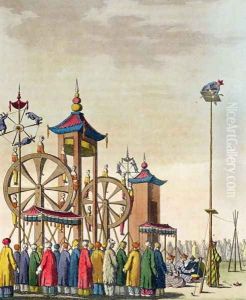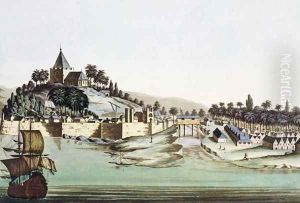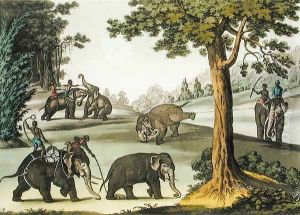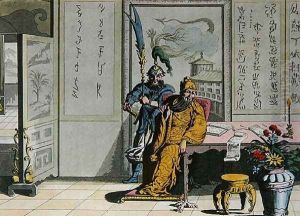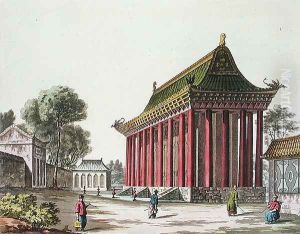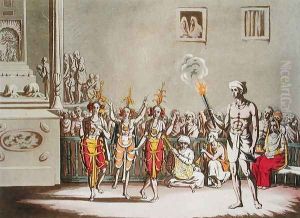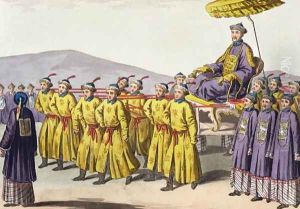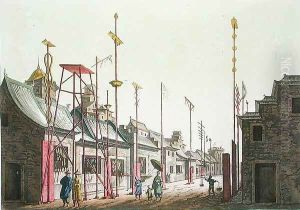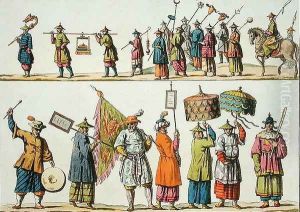Gaetano Zancon Paintings
Gaetano Zancon was an Italian painter, born in the late 18th century in a period filled with cultural and artistic ferment in Europe. Born in 1771, Zancon hailed from Vicenza, Italy, where he was deeply influenced by the rich artistic traditions of the Veneto region. His life and work were encapsulated within the span of the late Baroque and early Neoclassicism, movements that profoundly shaped the aesthetic contours of his oeuvre.
Zancon's journey into the arts was nurtured from a young age, likely under the tutelage of local artists who were instrumental in shaping his early artistic sensibilities. His works, which primarily consisted of religious and historical subjects, were celebrated for their intricate detail, vibrant color palette, and emotive compositions. Zancon's ability to blend the grandeur of the Baroque with the clarity and simplicity of Neoclassicism allowed his paintings to resonate with a wide array of audiences.
Throughout his career, Zancon remained predominantly active in Northern Italy, particularly in his hometown of Vicenza and the surrounding regions. His contributions to the local churches and public buildings in the form of frescoes and altarpieces were highly regarded. These commissions not only cemented his reputation as a leading painter of his time but also provided a lasting legacy that continues to be admired for their artistic and historical significance.
Despite his accomplishments, details about Zancon's life remain relatively scant, with much of his personal life shrouded in mystery. He lived during a tumultuous period marked by political upheaval and social change, which inevitably influenced the themes and expressions found in his work. Gaetano Zancon's death in 1816 marked the end of a prolific career, but his works persist as a testament to his skill and creativity, capturing the essence of an era that bridged the old world and the new.
In summary, Gaetano Zancon was a pivotal figure in the Italian art scene of the late 18th and early 19th centuries. His artistic legacy, characterized by a harmonious blend of Baroque exuberance and Neoclassical restraint, continues to be celebrated for its contribution to the evolution of Italian art. Despite the limited documentation of his life, Zancon's works remain a valuable window into the cultural and artistic milieu of his time.
